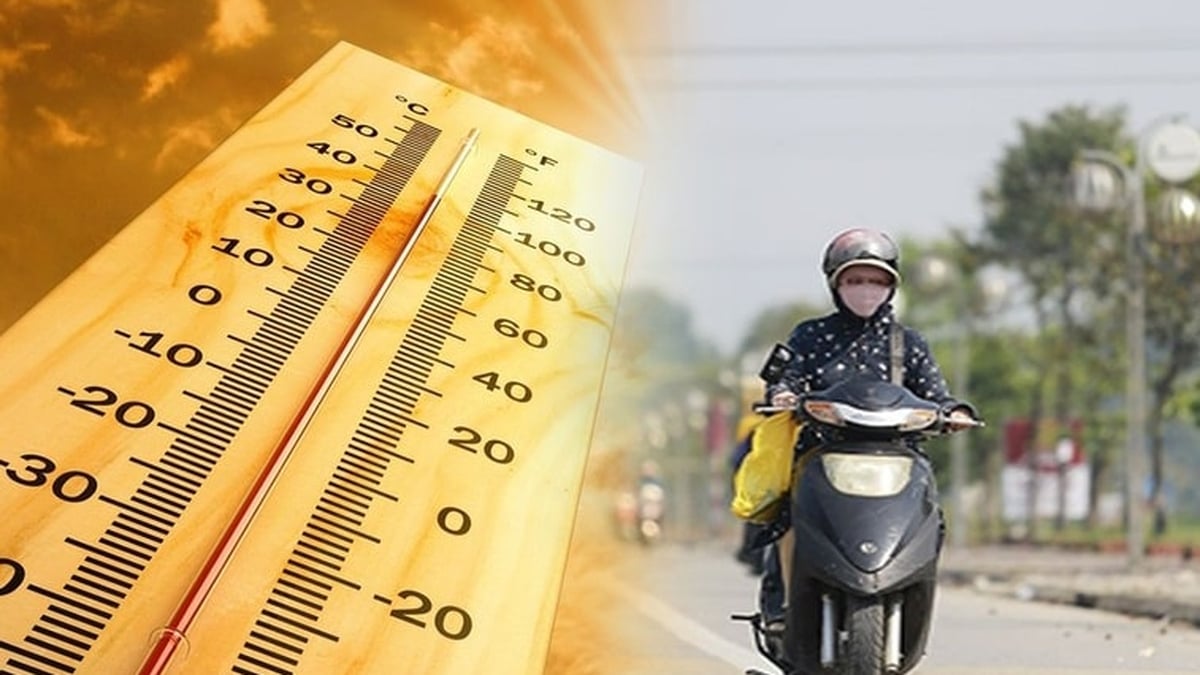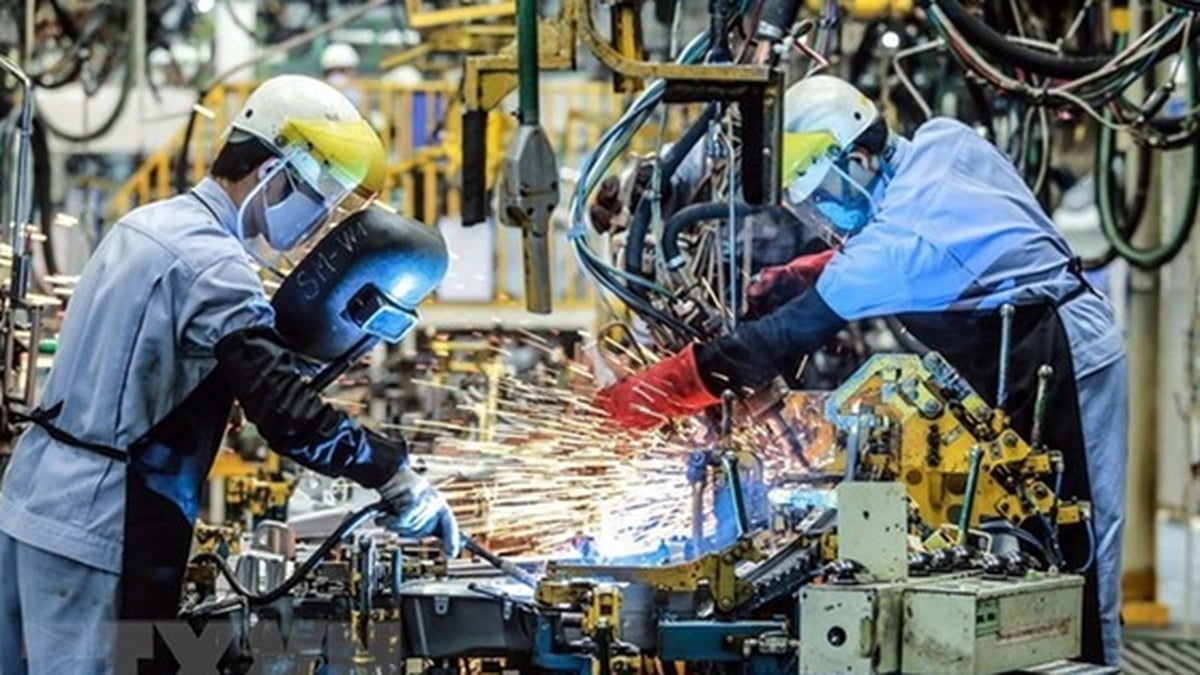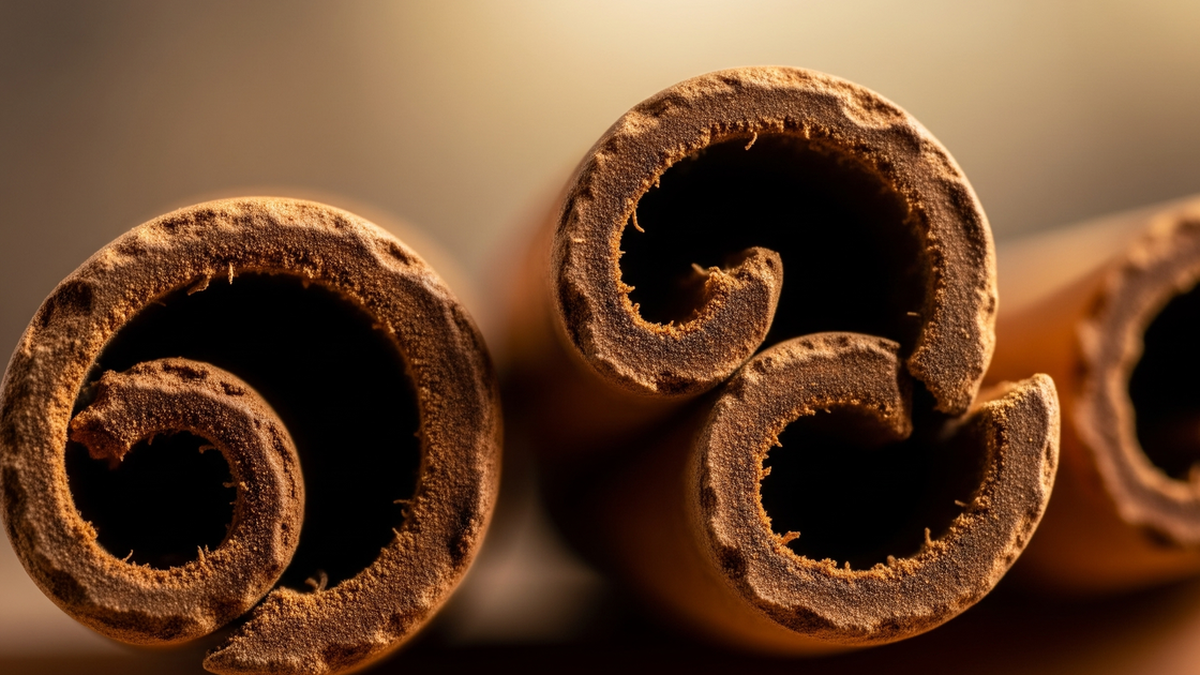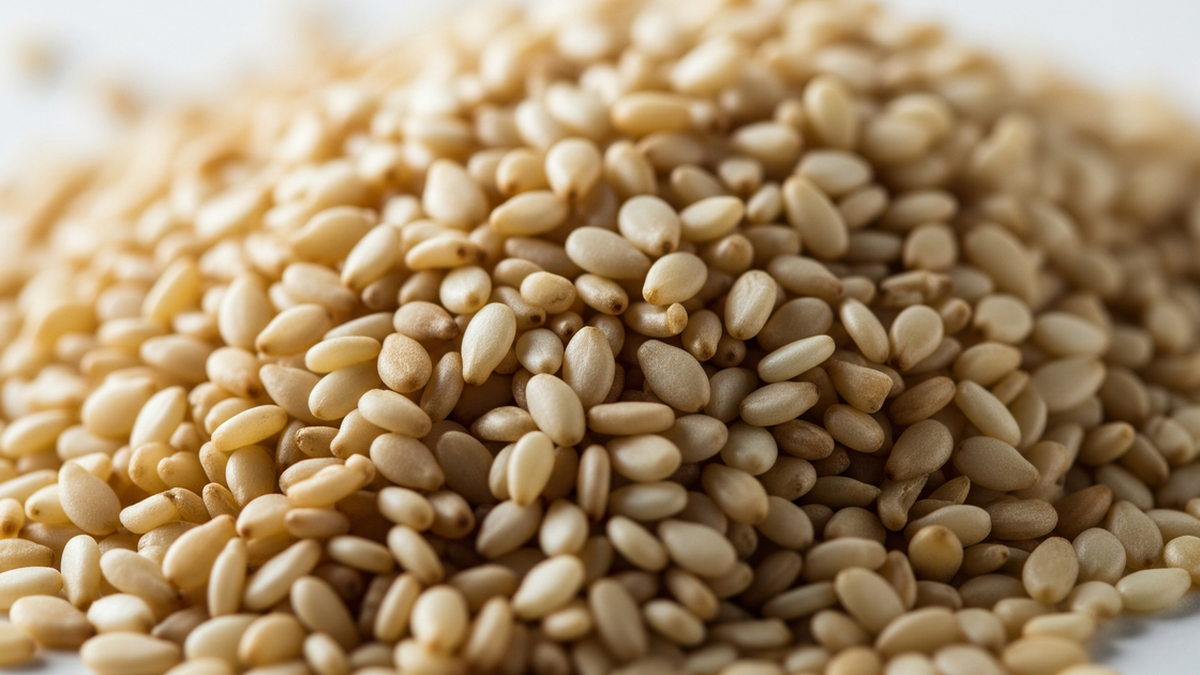 |
| The straw bale model brings many benefits to the environment and farmers. |
The Zigzag of the Straw Roll
Burning straw after harvesting rice will cause the soil to become denatured, hard, and arid; cause fine dust pollution; create a greenhouse effect... Smoke and dust from burning fields is also one of the factors causing accidents when it obscures the vision of traffic participants...
To solve this problem, the Provincial People's Committee has directed authorities at all levels, especially localities with many rice fields, to step up propaganda, mobilize and prevent the burning of straw; issue a directive strictly prohibiting the burning of straw after harvest; at the same time, mobilize farmers to participate in the straw rolling machine model. However, the burning of straw after rice harvest continues, causing many places and many people affected by the dust to complain again and again. So what is the problem?
Only when we go there do we see that farmers do not burn rice fields after harvesting, mainly only when the authorities are present. The author has even witnessed that in some places, at the beginning of the field, 5-7 commune officials and commune police officers were busy with shovels and hoes to put out the smoke and fire, but at the end of the field, people still carelessly lit fires to burn straw as if nothing had happened.
After the Provincial People's Committee's Directive, local authorities have been very active in propagating and mobilizing people not to burn fields, but it is only at the level of mobilizing and it is very difficult to impose fines. Because in reality, in rural areas, relatives usually live very close to each other, not on the paternal side but on the maternal side, while most farmers are poor, few have enough money to pay the fine, so even if they are not "related to each other", when caught red-handed, the authorities mostly have to let it go, or at most call back... "threaten" to impose heavy fines if they repeat the offense...
But that's just one reason.
Although the province has provided budget (counterpart capital) for localities and individuals to invest in straw rolling machines to create conditions for farmers to change their awareness and behavior and earn more income from selling rolled straw, some "zigs and zags" have made many people not interested.
The explanation of the people is that the number of machines in many places is still small, the rolling progress does not meet the time to prepare for the next crop. For example, Thuy Phu - one of the localities with the largest rice growing area, second only to Huong Thuy town. But with nearly 700 hectares of rice, the area currently has only 2 straw rolling machines, while after the winter-spring rice harvest, the preparation time for sowing the summer-autumn crop is only about 20 days, so even if the rolling machines operate 24/7, they cannot keep up.
Second, not all fields are spacious and flat, so after rolling the straw, there is still a lot left over, and farmers have to spend more time and effort to clean the fields. There are also cases where the rolled straw is stolen before it can be sold, so the next season, the straw rolling machine owner does not come to work for the farmers.
Not to mention, some people roll up straw and transport it home to store to avoid theft, which poses a fire risk, especially during hot weather because most places where straw is stored usually only have a roof without walls and are adjacent to the family's living area.
So most farmers are still choosing the solution of burning straw right in the field.
Adjust to reality
There are many ways to solve the output of rolled straw, such as: making animal feed, covering the ground to grow vegetables, growing mushrooms, making organic fertilizer... And recently, the Provincial Agricultural Extension Center has implemented a number of models, such as: "Collecting straw with a straw rolling machine to serve agricultural production and environmental protection"; "Applying integrated farming methods to treat straw after harvest. "Composting organic fertilizer from agricultural by-products"..., initially bringing certain results.
However, these models are not large enough to handle all the remaining straw in the province. As for localities, not all have mushroom growing facilities or livestock farms large enough to consume the amount of straw locally, let alone import from elsewhere. Or to put it bluntly, the budget allocation for investing in straw rolling machines is not close to reality; the output for rolled straw is still small and fragmented.
To solve these problems, in addition to reviewing the actual needs in each locality and each rice field to allocate the corresponding budget to match the needs in investing in straw rolling machines, the government and competent agencies need to support and guide the purchase of rolling machines suitable for each type of terrain; support the formation of a cooperative group for straw rolling service business to strengthen linkages and find outlets for rolled straw in the market outside the province; orient solutions to buy rice field straw (or free straw rolling and collection contracts); require the rolling machine owner to commit to collecting straw in time for the season; negotiate with the harvester owner to adjust the harvesting level lower than the current level so that the straw rolling machine can operate smoothly...
Source




















































![[Maritime News] More than 80% of global container shipping capacity is in the hands of MSC and major shipping alliances](https://vphoto.vietnam.vn/thumb/402x226/vietnam/resource/IMAGE/2025/7/16/6b4d586c984b4cbf8c5680352b9eaeb0)












































Comment (0)